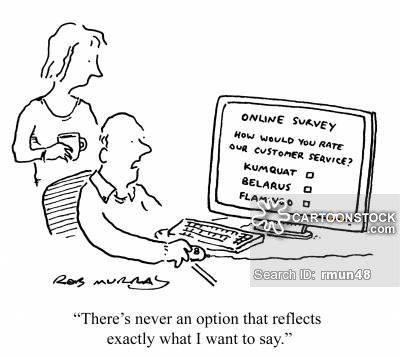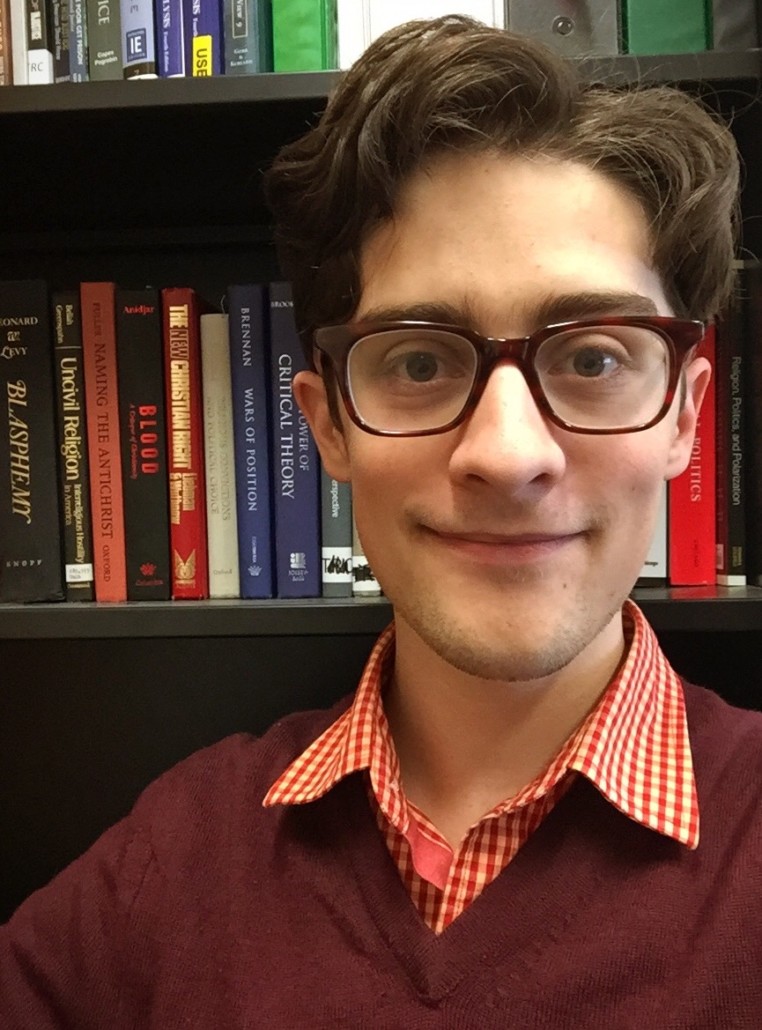The RSP’s interview with Darren Sherkat arrives at a time when research on religion has caught a bit of the media spotlight. Both The Atlantic and Religion Dispatches recently touched on issues with surveys in their reviews of Robert Wuthnow’s new book, Inventing American Religion. In this book, Wuthnow argues that the turn toward survey research shaped our perceptions of “American” religion by producing some stark generalizations, because religious experiences are simply too complex to reduce to national trends captured by survey questions alone (2015:13). I enjoyed the RSP’s interview in light of these challenges because Sherkat reminds us what goes into good polling, why we still do it, and what important lessons it can provide for both social scientists studying religion and the broader public.
What goes into good survey research?
Sherkat and Wuthnow do agree on some major points. We should ask for fewer, larger, and higher quality survey studies rather than just polling willy-nilly. My dissertation research looks at the political impact of the growing non-religious population in the United States, and so I spend a lot of time between surveys on both religion and politics, which face their own challenges during this pre-election season.
Part of the reason polling gets a bad rap is the valid criticism that survey questions cannot capture the nuances of respondents’ beliefs and values, and they are therefore not a good representation of respondents’ religious lives. Fair enough, and sociological research has long challenged the idea that public opinion is good at reflecting the reality of respondents’ conscious thoughts and beliefs. Sherkat gets at this point when he highlights the differences between identities and identifications—a gap between how people think about their religious experiences and whether they affiliate with institutions or established systems of belief. Rather than claim they can capture the nuances of identity, a lot of research thinks about public opinion as a way to capture bigger cultural styles using a “dual process” theory of cognition. This means it is less interested in figuring out what groups of people consciously believe, think about, or talk about. Instead, this work focuses on finding patterns in how people make quick judgements. With a good representative sample, we can learn about how religion shapes the way people answer new questions, rather than what they believe about the issues alone.
Why does that matter?
As Sherkat discusses in this interview, “nones” make up about 20% of the American population. This group makes a great case study for why survey work still matters despite its challenges. Researchers in my field have done a lot of excellent qualitative work looking at non-religious people in the United States. They find that non-religious experiences are just as complex and diverse as religious experiences. We have spiritual but not religious folks, atheists, agnostics, deists, brights, “nothing in particulars”, post-religious people, six kinds of atheism, four ways of talking about the secular, and that is just the tip of the iceberg. Even if the “nones” feel a common affinity toward one another for breaking from religious affiliation, underneath the surface they do not agree on much. From the perspective of this qualitative work, this 20% of the U.S. population is not homogeneous; it has substantial ideological and philosophical diversity.
As Sherkat points out in the interview, however, ethnographic research alone can also skew our picture of what is going on if the sub-groups of interest are quite small. This is not at all to say studying a small group is not important, only that we have to remember to step back and synthesize those lived experiences with a larger structural picture. Survey research so far shows us that Americans who disaffiliate from religion often share one particular cultural style: a preference for personal autonomy over received authority (Hout and Fischer 2014). In their new book, American Secularism, Baker and Smith (2015:92) show that atheists, agnostics, and unaffiliated believers have a variety of personal spiritual practices, but they also share a “relatively uniform disengagement from public religion.” When we design survey questions from the ground up based on qualitative findings, as Marcus Mann (2015) did in his study of political and communal motivations for joining local and national atheist groups, we can test whether those findings hold for a range of people and represent a distinct cultural pattern. 20% of the U.S. population with a unique style of evaluating political information could have a huge impact, but we still need quality survey research to test whether these patterns exist and what they do.
What should we do?
One interpretation of Wuthnow’s valid critique of surveys is that our reliance on polling marginalizes the most meaningful religious experiences. Emma Green, writing in The Atlantic , provides the following take on Wuthnow’s work:
Polling has become the only polite language for talking about religious experience in public life…If you mourn anything, mourn the meaningful Grappling With Existence that has to happen in private spaces, rather than public ones, an experience that’s not well-understood or often taken seriously.
Sherkat’s interview reminds us that a lot of the polls facing this criticism are also not ideal sources for scientific research, and survey work is still an important way to understand the American (non)religious experience. To steal a line from my advisor, for each person “grappling with existence” there’s another making a grocery list in church. If big survey research alone often misses the former, sifting for the interesting personal story alone can risk missing the later. Synthesizing both lets us clearly define what parts of religiosity we want to measure, such as whether we are interested in atheism as non-belief or a label with which respondents identify. This often means going back to the drawing board and critiquing long-standing survey questions, but if we put our efforts into good design grounded in testing the findings from qualitative researchers, we stand to gain a lot more than we do by turning away from surveys altogether.
For work on cultural styles, (non)religion, and public opinion, see:
Baker, Joseph O. and Buster G. Smith. 2015. American Secularism: Cultural Contours of Nonreligious Belief Systems. New York: NYU Press.
Blankholm, Joseph. 2014. “The Political Advantages of a Polysemous Secular.” Journal for the Scientific Study of Religion 53(4):775–90.
Edgell, Penny. 2012. “A Cultural Sociology of Religion: New Directions.” Annual Review of Sociology 38(1):247–65.
Haidt, Jonathan. 2001. “The Emotional Dog and Its Rational Tail: A Social Intuitionist Approach to Moral Judgment.” Psychological Review 108(4):814–34.
Hout, Michael and Claude Fischer. 2014. “Explaining Why More Americans Have No Religious Preference: Political Backlash and Generational Succession, 1987-2012.” Sociological Science 1:423–47.
Hout, Michael and Claude S. Fischer. 2002. “Why More Americans Have No Religious Preference: Politics and Generations.” American Sociological Review 67(2):165–90.
Mann, Marcus. 2015. “Triangle Atheists: Stigma, Identity, and Community Among Atheists in North Carolina’s Triangle Region.” Secularism and Nonreligion, 4(11): 1–12 http://dx.doi.org/10.5334/snr.bd
Perrin, Andrew J. and Katherine McFarland. 2011. “Social Theory and Public Opinion.” Annual Review of Sociology 37(1):87–107.
Perrin, Andrew J., J. Micah Roos, and Gordon W. Gauchat. 2014. “From Coalition to Constraint: Modes of Thought in Contemporary American Conservatism.” Sociological Forum 29(2):285–300.
Silver, Christopher F., Thomas J. Coleman III, Ralph W. Hood Jr, and Jenny M. Holcombe. 2014. “The Six Types of Nonbelief: A Qualitative and Quantitative Study of Type and Narrative.” Mental Health, Religion & Culture 17(10):990–1001.
Vaisey, Stephen. 2009. “Motivation and Justification: A Dual‐Process Model of Culture in Action.” American Journal of Sociology 114(6):1675–1715.



